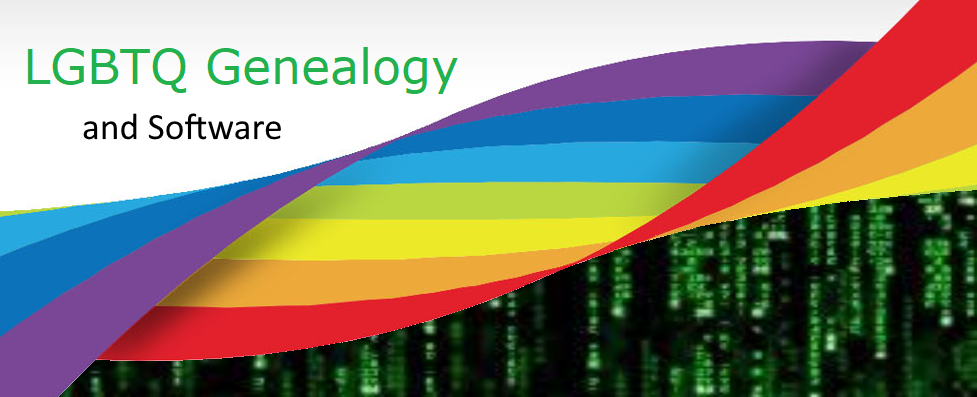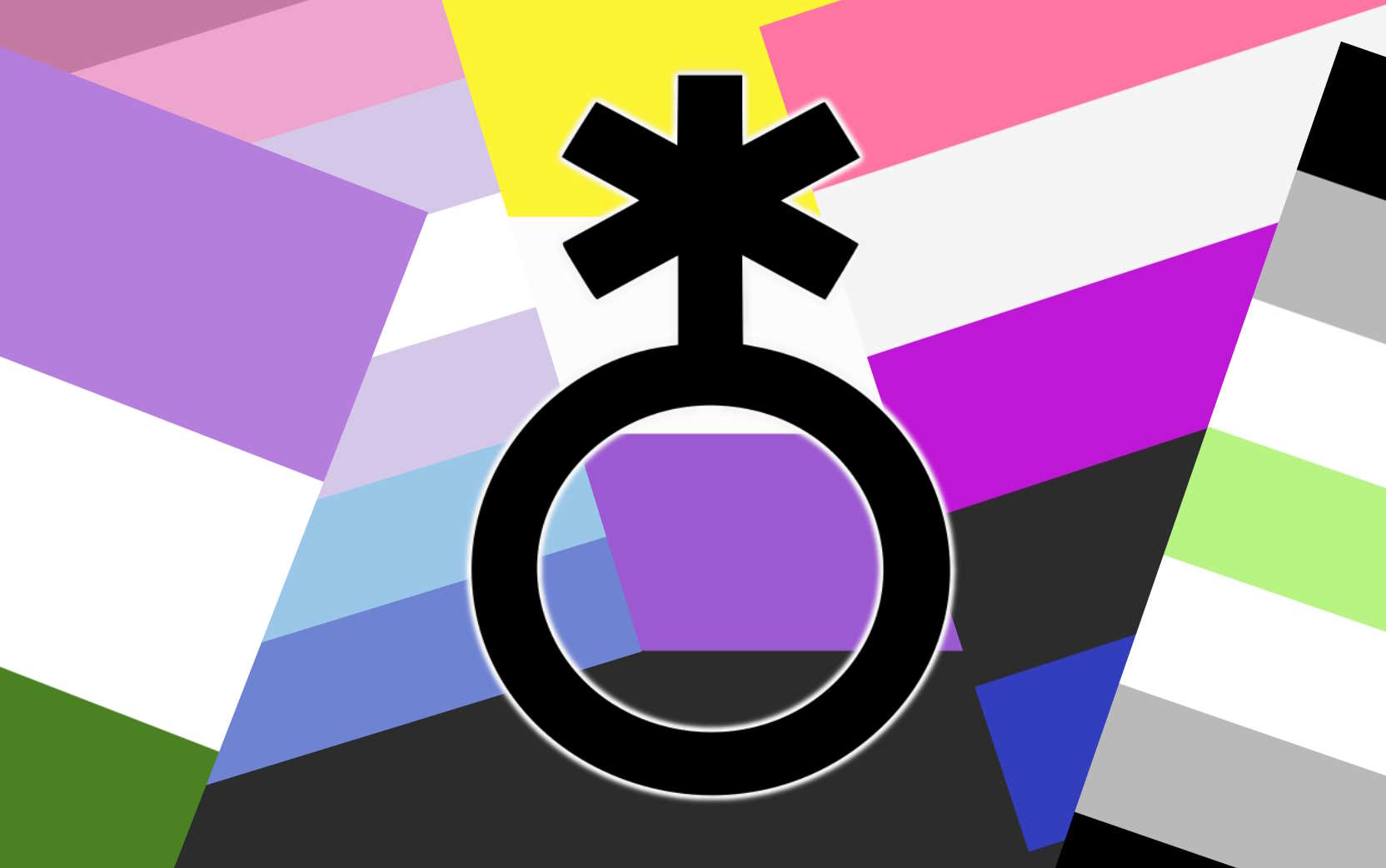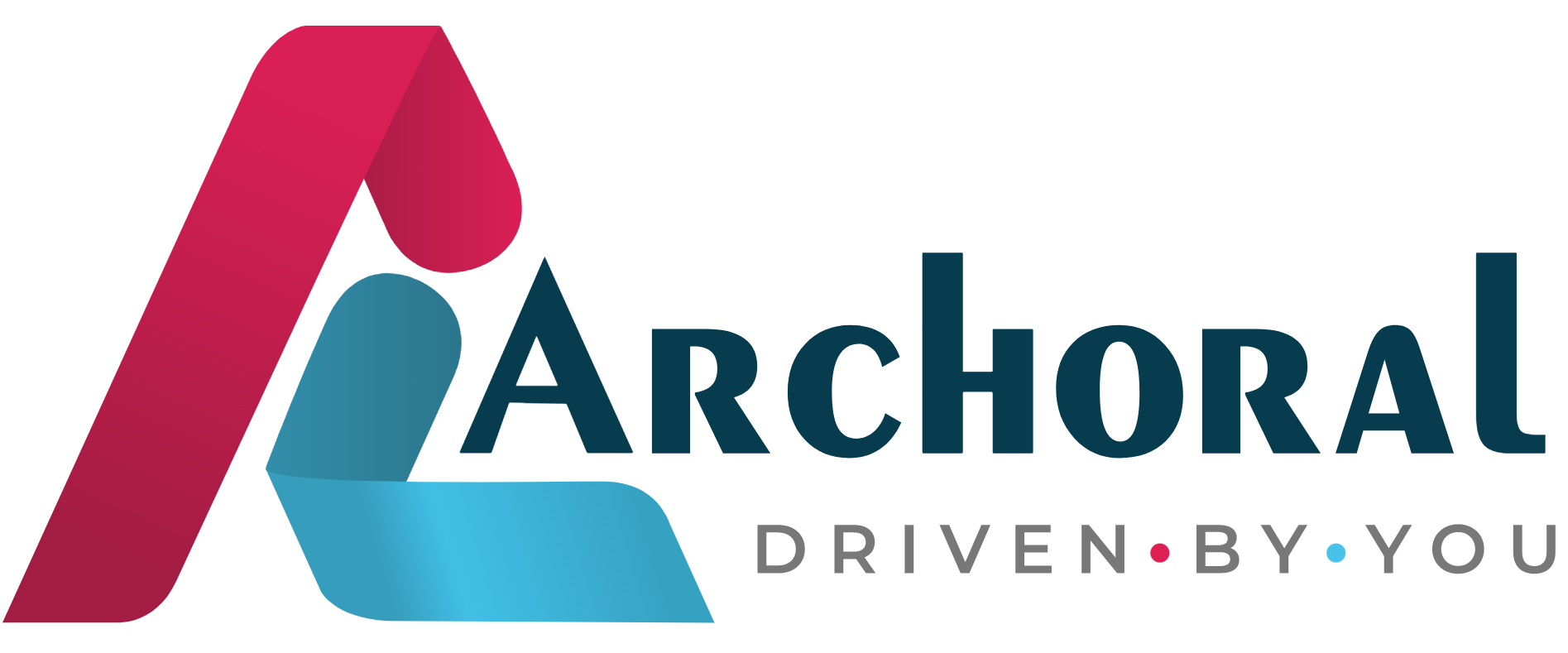LGBTQ Genealogy and Software – A Conclusion
Our families often have configurations that extend beyond the traditional two-parent model. Adoptions, step-relationships, remarriages, children born to unpartnered parents, and non-biological connections are just a few examples of the diverse ways people come together to form a family. However, the genealogical software currently available in the market falls short of accommodating these varied family constellations. It has predominantly been hetero-cis-centric, focusing on DNA offspring from sanctioned marriages and using language that aligns with those conventional roles.
The need for a shift in software design to capture the richness of Family History, embracing every type of relationship, is not a future requirement but a pressing current need. With the existence of three-parent birth certificates, non-gendered records, and a growing acceptance of personal pronouns, the world has evolved before our eyes.
In Part 4 of this series, I presented my vision of what queer-friendly software should encompass. The potential exists to reconstruct software from the ground up, making it seamlessly attuned to the complexities of human relationships. In this concluding segment, I’ll share my wish list for improved software and invite you to contribute your ideas in the comments.
- Ability to Enter Spouses with Accurately Defined Relationships: Provide options for accurately defining relationships such as marriage, domestic partnership, civil unions, partners, co-parents, unmarried unions, or however people commit to each other.
- Link Any Person in a Family Unit and Define Relationships Independently: Allow the flexibility to link any individual in a family unit and define their relationships independent of hetero-normative models.
- Allow for More Than Two Parents: Acknowledge the reality of families with more than two parents, accommodating diverse family structures.
- Evolve Standard Genealogy Documents to Report on Family History: Move beyond DNA lines and evolve standard genealogy documents to comprehensively report on Family History.
- Gender-Neutral Parent and Spouse Labels with Gender-Neutral Iconography: Implement gender-neutral labels for parents and spouses accompanied by inclusive iconography.
- Allow for Birth Sex, Trans Sex, and Gender Identification: Incorporate options for recording birth sex, trans sex, and gender identification to reflect the diverse spectrum of gender identities.
- Adopt the Latest GEDCOM 5.5.5 Standard to Remove Religious Control of Genealogical Data: Embrace the GEDCOM 5.5.5 standard to ensure genealogical data is free from religious control, fostering inclusivity and diversity.
As we navigate the dynamic landscape of human connections, our genealogical software must evolve to mirror the true tapestry of family life. Share your thoughts and ideas for better software in the comments, contributing to the ongoing conversation on creating more inclusive and representative tools for the diverse tapestry of families.




I found your site because I was looking for ways to get a non-binary option into TNG software. On their discussion forum I found some incredibly hateful comments and I’m dismayed to see there is no such software out there at all. As a queer polyam person, I hope software like what you describe is someday written. Thank you for this series.